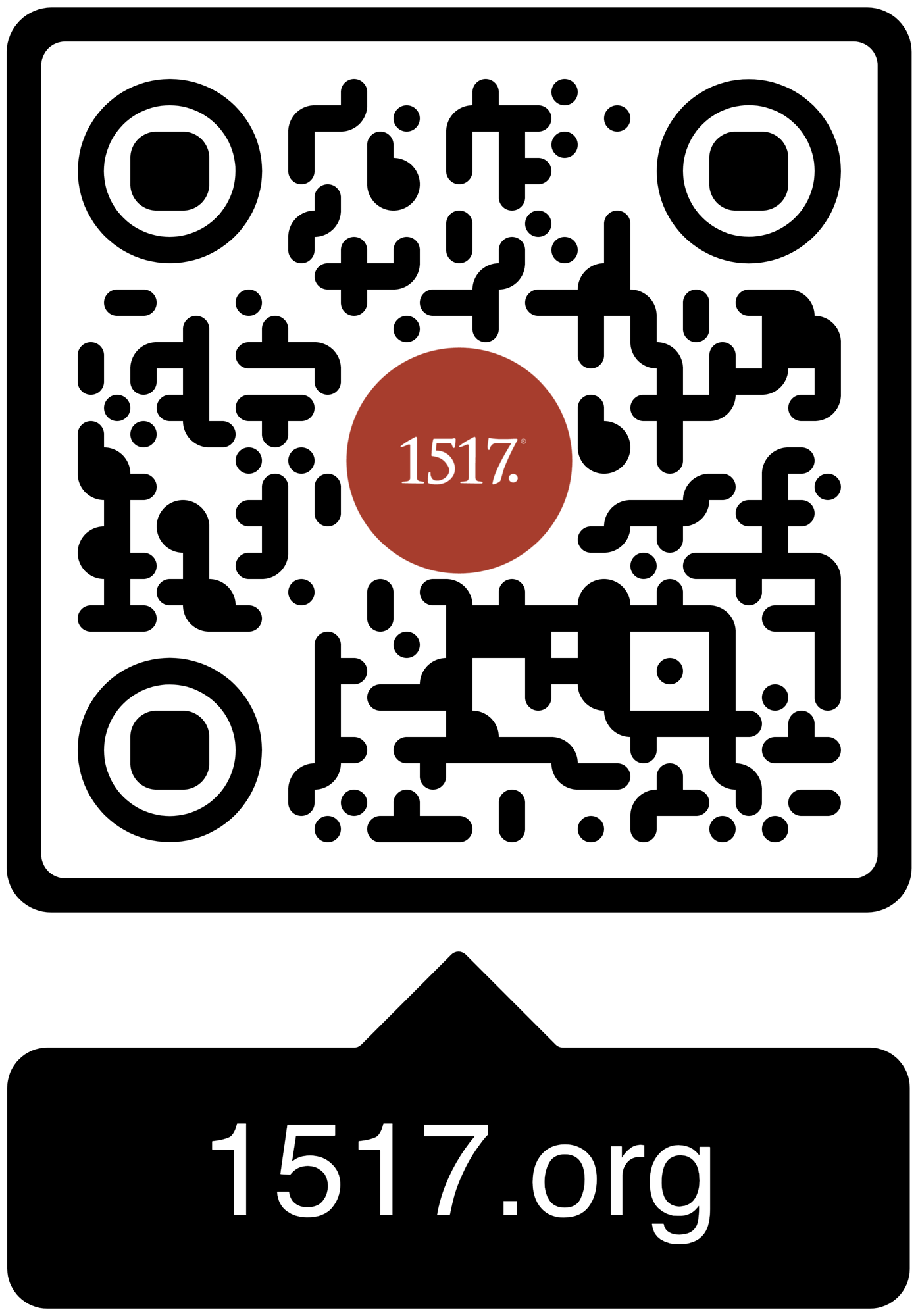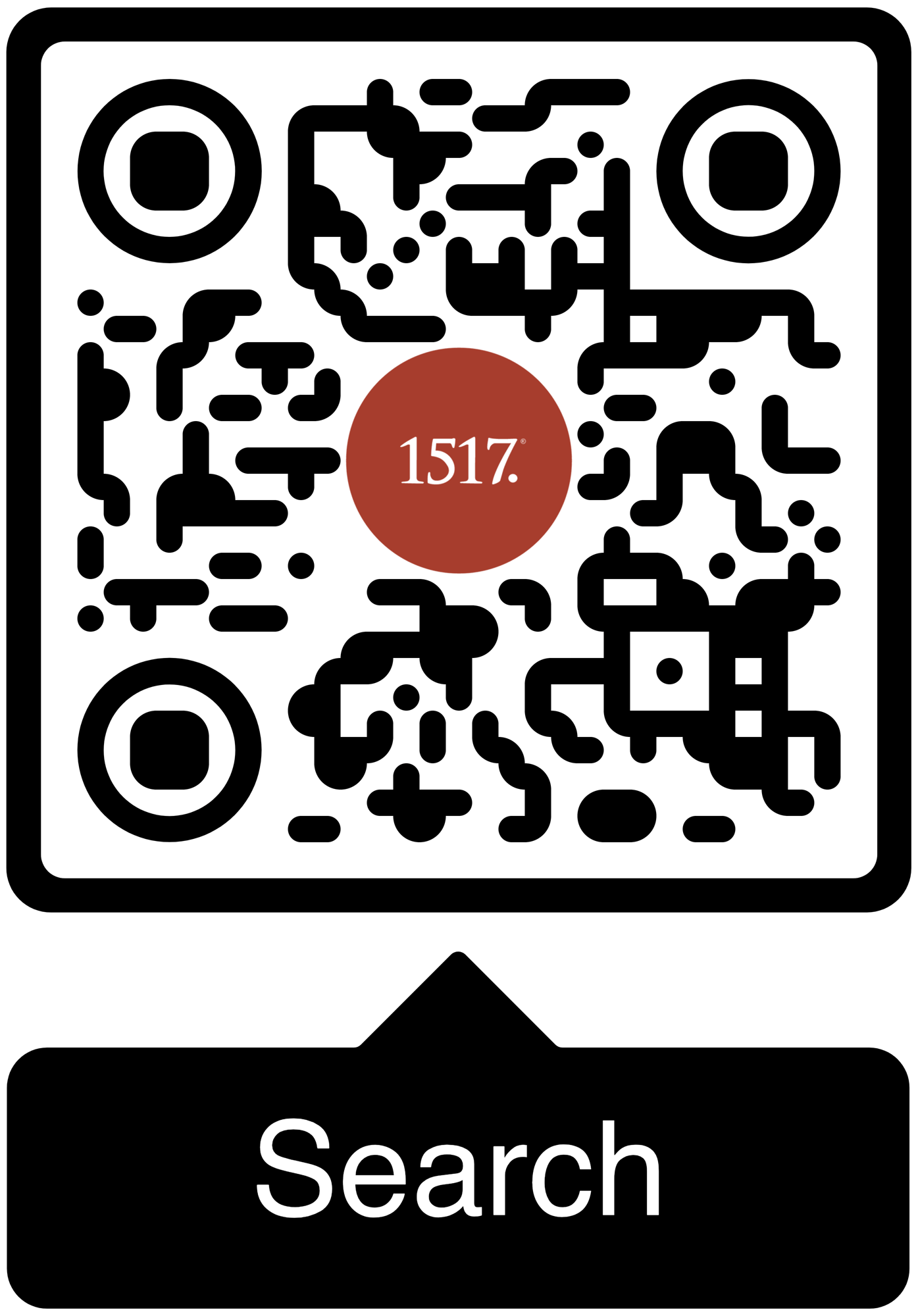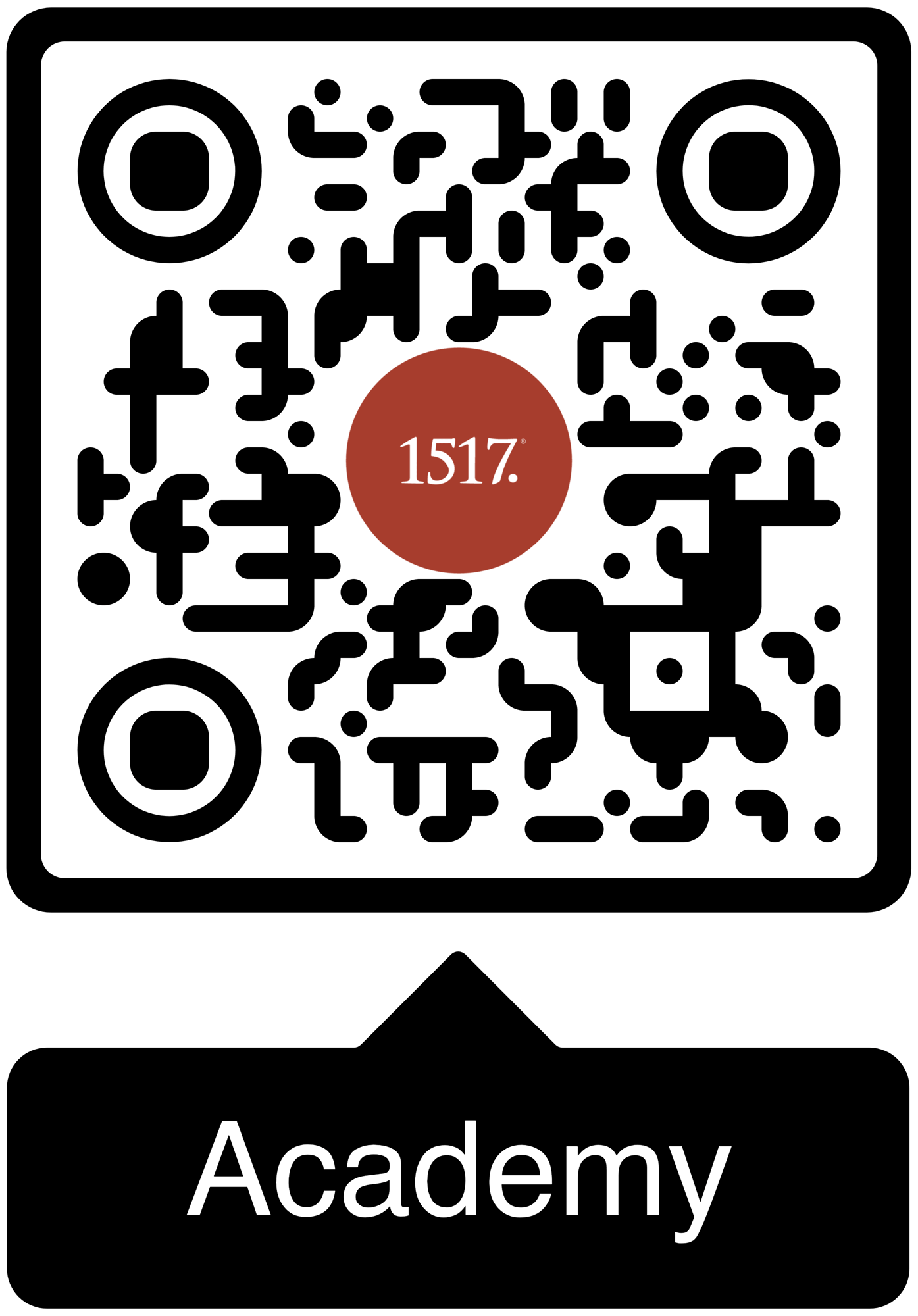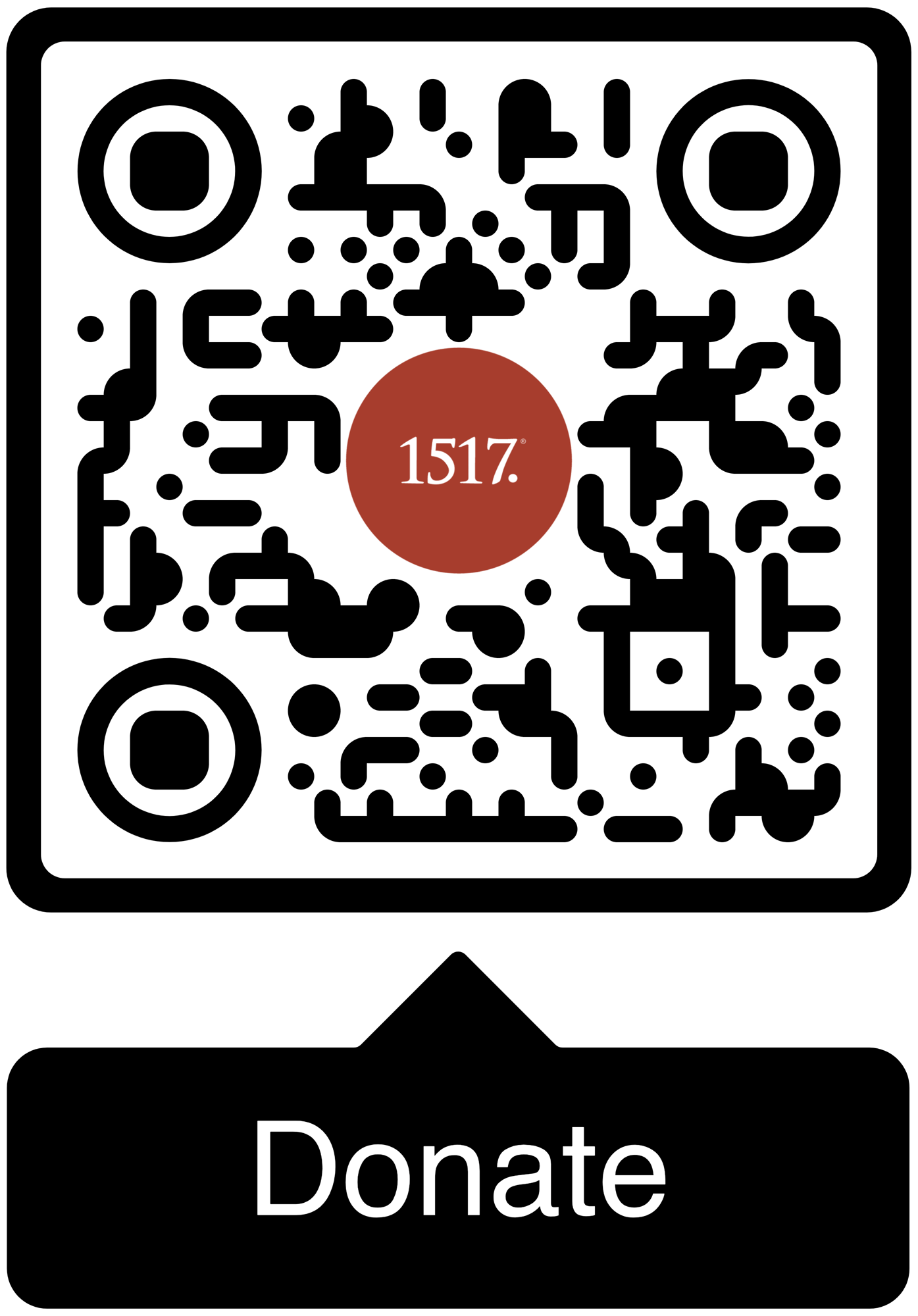Every time someone is baptized, every time bread is broken and wine poured, every time a sinner hears, “Your sins are forgiven in Christ,” Pentecost happens again.
06/05/25
They were still praying, trusting, and hoping. Why? Because they knew who was with them and who was for them: the risen Christ.
All Articles
Author
- All Authors
- 1517 Publishing
- 1517 Staff
- A. A. Just Jr.
- A.J. Vega
- Aaron Boerst
- Adam Francisco
- Adam Stetson
- Amy Mantravadi
- Andrew Foss
- Anthony DiLiberto
- Blake Flattley
- Bob Hiller
- Bob Sundquist
- Bonnie Petroschuk
- Brad Soenksen
- Bradley Gray
- Brandon Hanson
- Brandon Pangman
- Brennan Manning
- Brian W. Thomas
- Bror Erickson
- Bruce Hillman
- C.S. Lewis
- Caleb Keith
- Chad Bird
- Charles E. Fry
- Christopher J. Richmann
- Cindy Koch
- CJ Armstrong
- Craig Donofrio
- Dan Chrismer
- Dan van Voorhis
- Dan Weber
- Daniel Deen
- Daniel Emery Price
- Daniel Stenberg
- David Clay
- David Rufner
- David Schmitt
- Delwyn Campbell
- Dominick Santore
- Donavon Riley
- Edward Killian
- Elyse Fitzpatrick
- Erick Sorensen
- Gage Jordan
- Gerhard Forde
- Grant Klembara
- Greg Koukl
- Gretchen Ronnevik
- Haroldo Camacho
- Hermann Sasse
- Jacob Corzine
- Jacob Smith
- Jake Allstaedt
- Jared C. Wilson
- Jason Lane
- Jason Lang
- Jason Oakland
- Jay Sawrie
- Jeff Mallinson
- Jeffrey Pulse
- Jenifer Mohan
- Jessica Delgado
- Jessica Thompson
- Jim Nestingen
- Joel Fitzpatrick
- Joel Hess
- Joey Goodall
- John Bombaro
- John Bortulin
- John Chrysostom
- John T. Pless
- John W. Hoyum
- John Warwick Montgomery
- Jonathan Ruehs
- Jordan Spina
- Joshua Miller
- Justin Rossow
- Karen Stenberg
- Kathy Morales
- Katie Koplin
- Kelsi Klembara
- Ken Sundet Jones
- Kerri Tom
- Kevin Hale
- Kevin McClain
- Kyle G. Jones
- Larry D. Hughes
- Laura Bauer
- Luke Kjolhaug
- Magnus Persson
- Mariah Coward
- Mark Jasa
- Mark Mattes
- Mark Pierson
- Martin Luther
- Matt Johnson
- Matt Kroelinger
- Matt Popovits
- Michael Berg
- Michael Gibney
- Nicholas Hopman
- Nicholas Kallis
- Norman Nagel
- Paul Dunk
- Paul Koch
- Pete Lange
- Peter Nafzger
- Philip Bartelt
- Preston Sprinkle
- Raleigh Sadler
- Rick Ritchie
- RJ Grunewald
- Robert Farrar Capon
- Robert Kolb
- Rod Rosenbladt
- Roland Ehlke
- Ron Hodel
- Ryan Couch
- Ryan Matthias
- Ryan Stevenson-Cosgrove
- Ryan Tinetti
- Sam Leanza Ortiz
- Sam P. Schuldheisz
- Sarah Crowder
- Scott Davis
- Scott Keith
- Scott Landrum
- Seth Moorman
- Steve Byrnes
- Steve Kruschel
- Steven A. Hein
- Steven Paulson
- StoryMakers NYC
- Tanner Olson
- Tate Barber
- Ted Rosenbladt
- Travis Scholl
- Tyler Cronkright
- Uwe Siemon-Netto
- Valerie Thur
- Wade Johnston
- Walter Hwang
- Wayne Sender
- Zack James Cole
11/11/19
It is in the midst of a world marked by empty and deceptive hopes that have broken hearts and lives that we are sent to deliver the promise of a future that has as its last chapter the resurrection of the body to eternal life with the Lamb who was slain but is alive forevermore.
11/11/19
These last words of the Old Testament Scriptures prepare us for the incarnation and beyond.
11/11/19
The Gospel outpaces all would-be and eventually fleeting identity-makers and brings in the truth of a renewed-in-Christ humanity.
11/11/19
Jesus offer us this vision of violence not so we might be drawn into it but so we might be drawn through it to come closer to Him.
11/08/19
Where Erasmus saw fear and collapse, Luther saw the never-ending comfort of Christ and his gospel.
11/07/19
David and Job both know that prayer puts a cigarette lighter to all prim and proper books of religious etiquette. It is honest. Heated. Emotional. Raw. And the psalms are packed with it.
11/05/19
A new life in Christ Jesus is our hope. Not only that, Jesus is our access to God.
11/04/19
His kingdom is not one of force and might for our exploitation and his gain, but one of his patience and long-suffering for our benefit.
11/04/19
[Nearly] all of us struggle with making the move, as Thomas Long puts it, “from desk to pulpit.” The reason is because our approach to sermon preparation is inadequate.
11/04/19
Note Moses’ big question is, “Who am I?” However, this is the wrong question. It matters not who Moses is, or who we are. What matters is who God is.
11/04/19
If the resurrection were just a repetition of this world, then it would be ridiculous, indeed. But the resurrection is different. It is a world without death.
1517 is a Christian non-profit (501(c)3) multi-media organization. Our mission is to declare and defend the Good News that we are forgiven and free on account of the death and resurrection of Jesus alone.





1517 grants permission for our free online resources to be printed, photocopied, and otherwise used freely for private and church use. We require that authorship and source (1517.org) are referenced and maintained. These resources may not be sold or included in any publications for sale.


